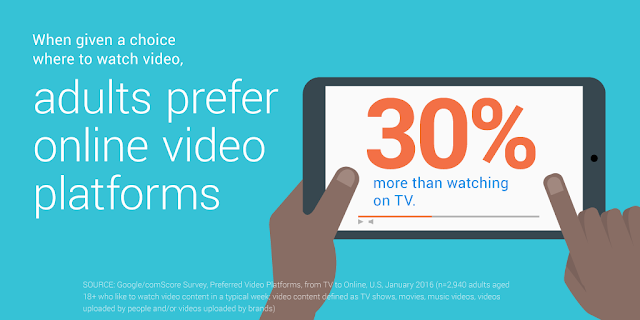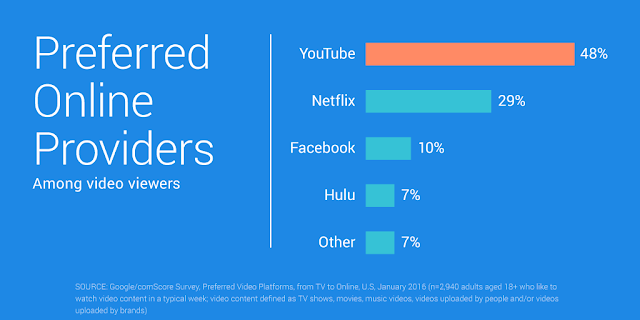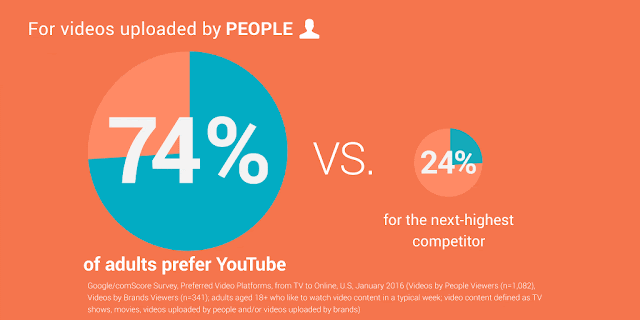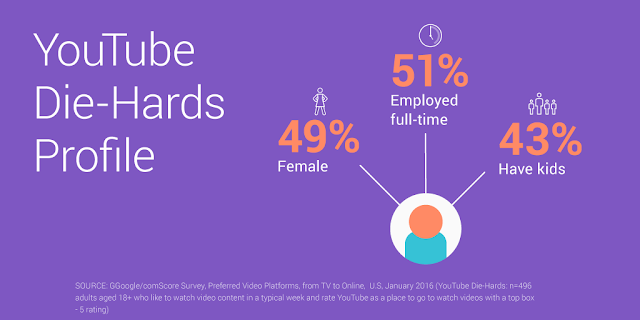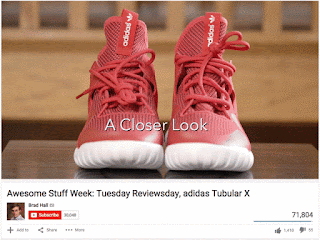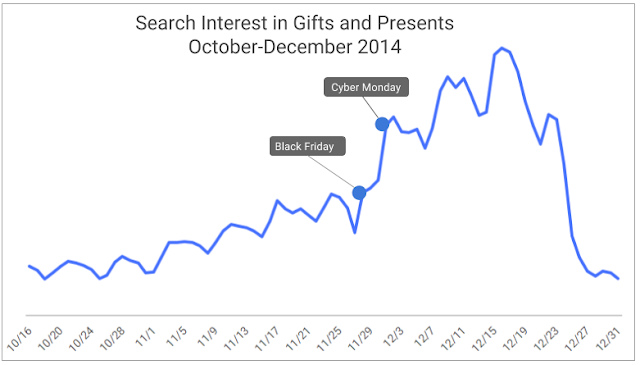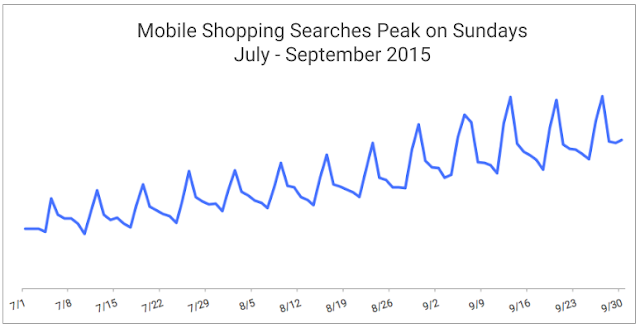Announcing YouTube-8M: A Large and Diverse Labeled Video Dataset for Video Understanding Research
September 28th, 2016 | by Research Blog | published in Google Research, Youtube
Posted by Sudheendra Vijayanarasimhan and Paul Natsev, Software Engineers
Many recent breakthroughs in machine learning and machine perception have come from the availability of large labeled datasets, such as ImageNet, which has millions of images labeled with thousands of classes. Their availability has significantly accelerated research in image understanding, for example on detecting and classifying objects in static images.
Video analysis provides even more information for detecting and recognizing objects, and understanding human actions and interactions with the world. Improving video understanding can lead to better video search and discovery, similarly to how image understanding helped re-imagine the photos experience. However, one of the key bottlenecks for further advancements in this area has been the lack of real-world video datasets with the same scale and diversity as image datasets.
Today, we are excited to announce the release of YouTube-8M, a dataset of 8 million YouTube video URLs (representing over 500,000 hours of video), along with video-level labels from a diverse set of 4800 Knowledge Graph entities. This represents a significant increase in scale and diversity compared to existing video datasets. For example, Sports-1M, the largest existing labeled video dataset we are aware of, has around 1 million YouTube videos and 500 sports-specific classes–YouTube-8M represents nearly an order of magnitude increase in both number of videos and classes.

In order to construct a labeled video dataset of this scale, we needed to address two key challenges: (1) video is much more time-consuming to annotate manually than images, and (2) video is very computationally expensive to process and store. To overcome (1), we turned to YouTube and its video annotation system, which identifies relevant Knowledge Graph topics for all public YouTube videos. While these annotations are machine-generated, they incorporate powerful user engagement signals from millions of users as well as video metadata and content analysis. As a result, the quality of these annotations is sufficiently high to be useful for video understanding research and benchmarking purposes.
To ensure the stability and quality of the labeled video dataset, we used only public videos with more than 1000 views, and we constructed a diverse vocabulary of entities, which are visually observable and sufficiently frequent. The vocabulary construction was a combination of frequency analysis, automated filtering, verification by human raters that the entities are visually observable, and grouping into 24 top-level verticals (more details in our technical report). The figures below depict the dataset browser and the distribution of videos along the top-level verticals, and illustrate the dataset’s scale and diversity.
 |
| A dataset explorer allows browsing and searching the full vocabulary of Knowledge Graph entities, grouped in 24 top-level verticals, along with corresponding videos. This screenshot depicts a subset of dataset videos annotated with the entity “Guitar”. |
 |
| The distribution of videos in the top-level verticals illustrates the scope and diversity of the dataset and reflects the natural distribution of popular YouTube videos. |
To address (2), we had to overcome the storage and computational resource bottlenecks that researchers face when working with videos. Pursuing video understanding at YouTube-8M’s scale would normally require a petabyte of video storage and dozens of CPU-years worth of processing. To make the dataset useful to researchers and students with limited computational resources, we pre-processed the videos and extracted frame-level features using a state-of-the-art deep learning model–the publicly available Inception-V3 image annotation model trained on ImageNet. These features are extracted at 1 frame-per-second temporal resolution, from 1.9 billion video frames, and are further compressed to fit on a single commodity hard disk (less than 1.5 TB). This makes it possible to download this dataset and train a baseline TensorFlow model at full scale on a single GPU in less than a day!
We believe this dataset can significantly accelerate research on video understanding as it enables researchers and students without access to big data or big machines to do their research at previously unprecedented scale. We hope this dataset will spur exciting new research on video modeling architectures and representation learning, especially approaches that deal effectively with noisy or incomplete labels, transfer learning and domain adaptation. In fact, we show that pre-training models on this dataset and applying / fine-tuning on other external datasets leads to state of the art performance on them (e.g. ActivityNet, Sports-1M). You can read all about our experiments using this dataset, along with more details on how we constructed it, in our technical report.
